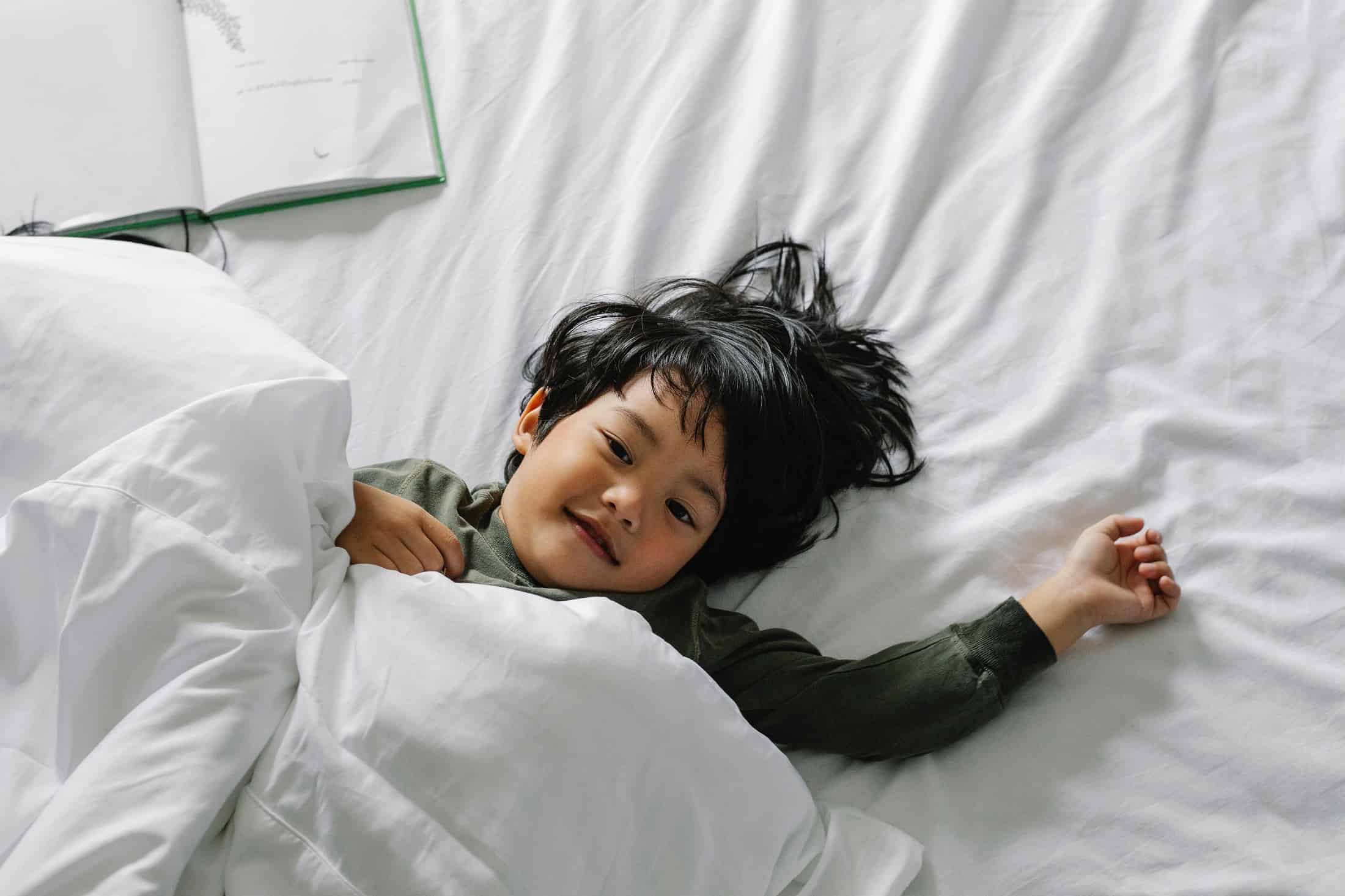
Sponsored article
The transition from crib to bed can be stressful for both toddler and parent. If you’re preparing for the transition and aren’t sure which baby mattress will be best for your little one, check out our guide.
When considering how to choose the right mattress for your child, firmness should come first. Adequate spinal support is what you should require from a mattress that your child will be spending 8-10 hours a night on. So what is the ideal firmness of a mattress for children?
Overall, foam mattresses with shape memory are good for slightly older children. For the younger ones, mattresses with pocket springs will work, as they have optimal firmness without compromising comfort.
When a toddler is resting, their spine is growing rapidly, so it should be kept in a neutral position to minimize stress and excessive pressure. A pocket mattress is much firmer than its foam or latex counterparts, and the fact that it doesn’t conform to your child’s body is a good thing, as the spine needs consistent firmness to develop properly.
As we mentioned, firmness is a priority when buying your baby’s first mattress, but why?
During the night, a toddler’s spine can grow by up to 1.5 cm as the intervertebral discs between the vertebrae fill with water. As this process occurs, both the spine and neck should be firmly supported and kept in a neutral sleeping position. The mattress itself needs to be firm enough to provide this support, but soft enough that your child can actually stay comfortably in more or less the same position throughout rest.
In addition to this, keeping cool also has a huge impact on your baby’s development in their first bed. If you’re considering some form of orthopedic mattress, it’s important to remember that memory foam uses stored body heat to activate its molding system, which in turn can lead to a rather warm bed for your baby, which is better avoided. If the room is relatively cold, no problem.
While orthopedic mattresses are great for adults who suffer from joint or back pain, the same molding function can lead to firmness, which is essential for a growing spine.
If you’re preparing to transition from a crib to a bed, you may be wondering how to keep your baby comfortable. Here are some suggestions.
As you may already know, young children are not the calmest creatures and often don’t respond well to sudden changes. So the last thing they will need is to find that their comfy crib is gone and in its place is some new item.
To avoid evenings filled with crying and complete lack of sleep for either of you, try instead to prepare your child for the change. Let them know that they are saying goodbye to their crib and hello to a bed like mom and dad’s.
As mentioned earlier, young children are not big fans of surprises that result in a change in their environment, and the shock of a new bed can be enough to make them uncomfortable for days.
So why not get them involved? Try taking them shopping for colorful bedding and have them on hand as you prepare the new bed for bedtime. This will slowly bring them around to the idea of leaving the crib and hopefully the atmosphere of excitement will help them forget why they were worried.
It may be a cliché, but staying calm and continuing what you usually did before bedtime is exactly what you need to do when it comes to helping your child leave the crib.
The change from crib to bed is big enough, so any change in routine before bedtime will only make things worse. In addition to this, don’t delay any longer than usual. While it may be difficult for you, say goodnight, turn off the light, and leave relaxed (although you’ll probably be more stressed than your toddler).
Read also Striking baby room decorations
Main photo: Alex Green/ pexels.com